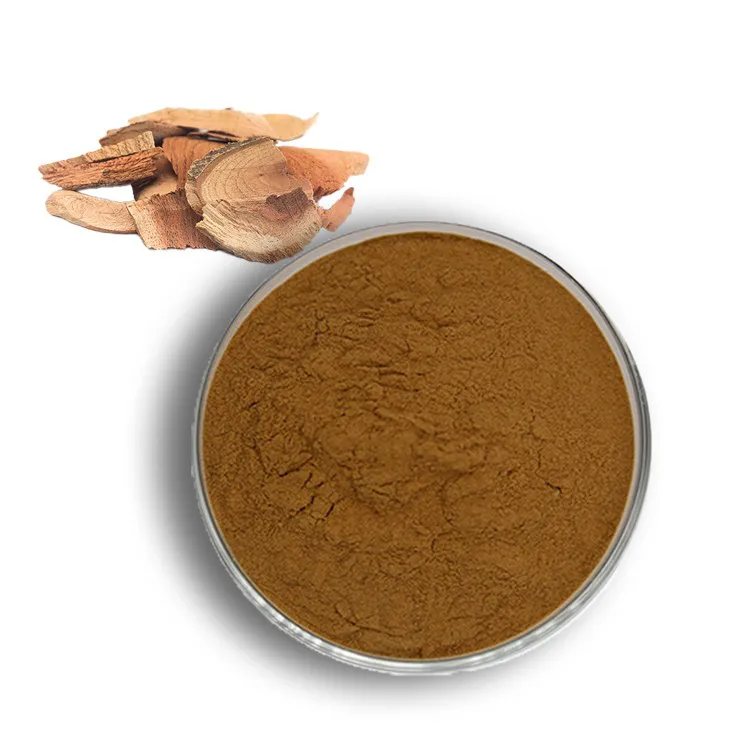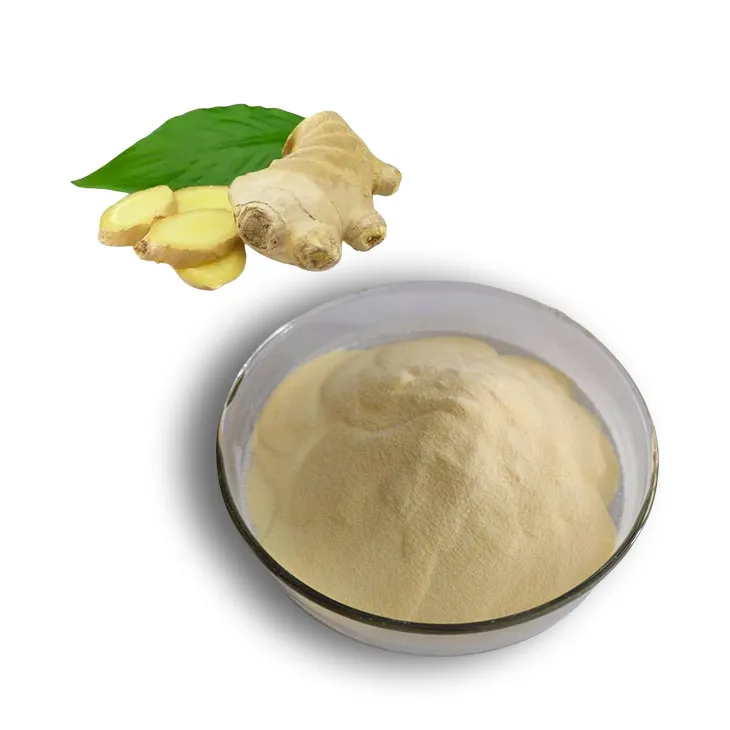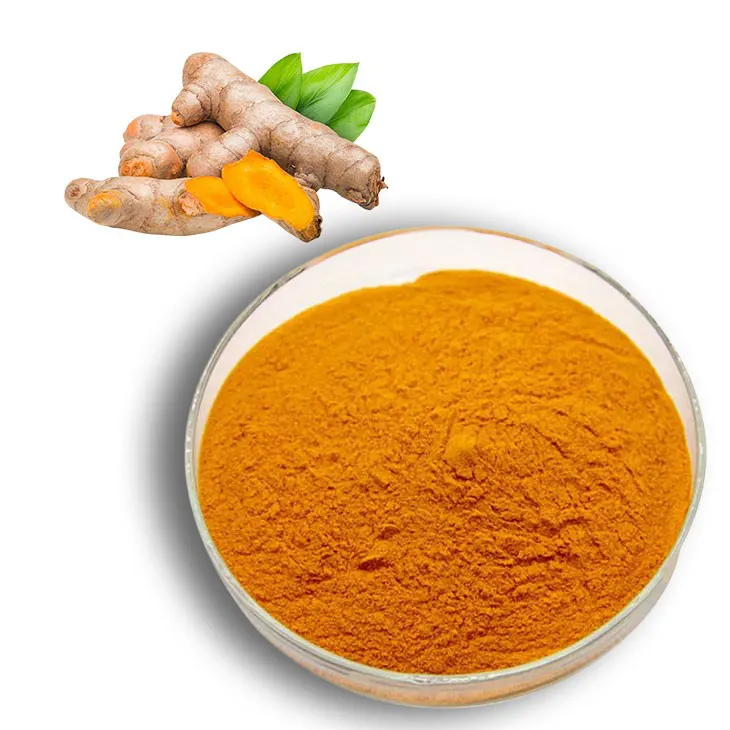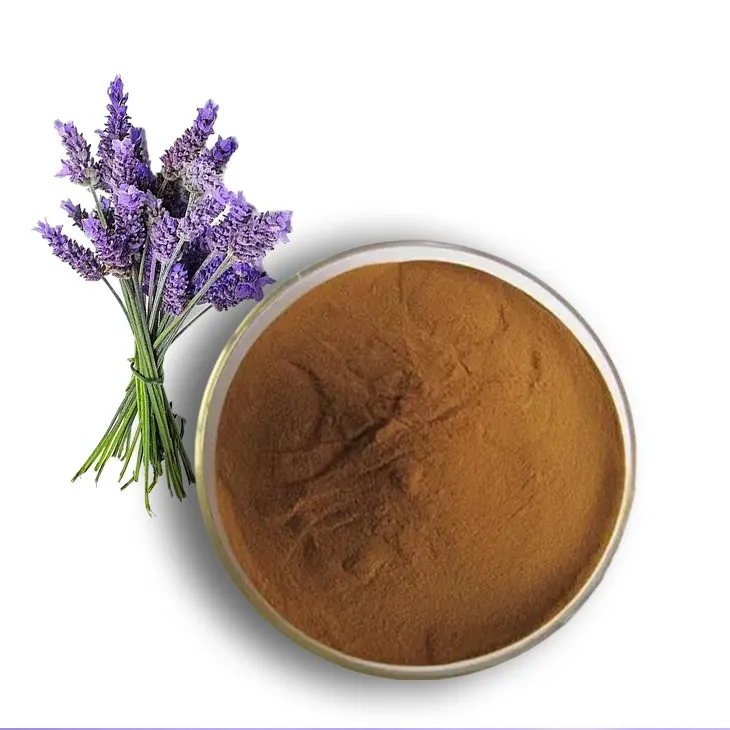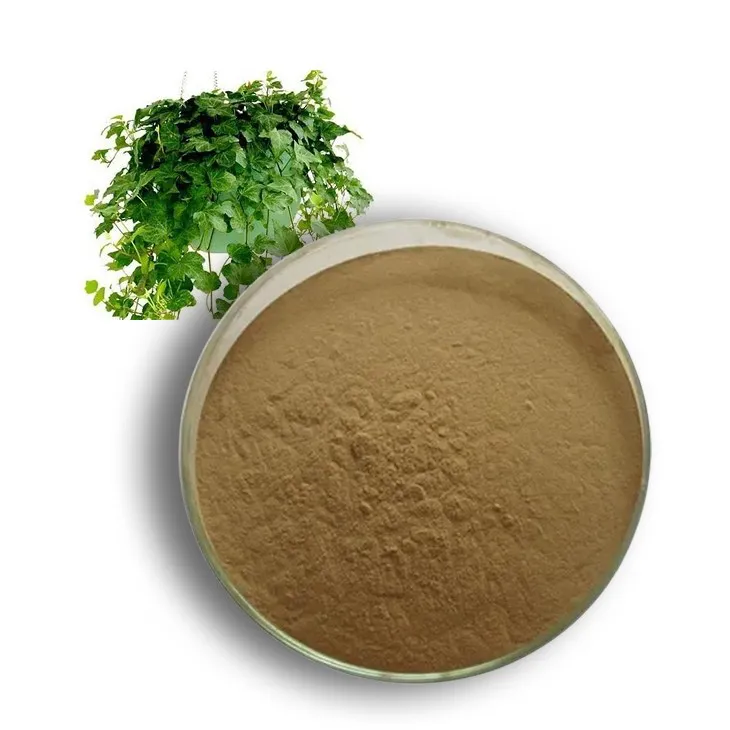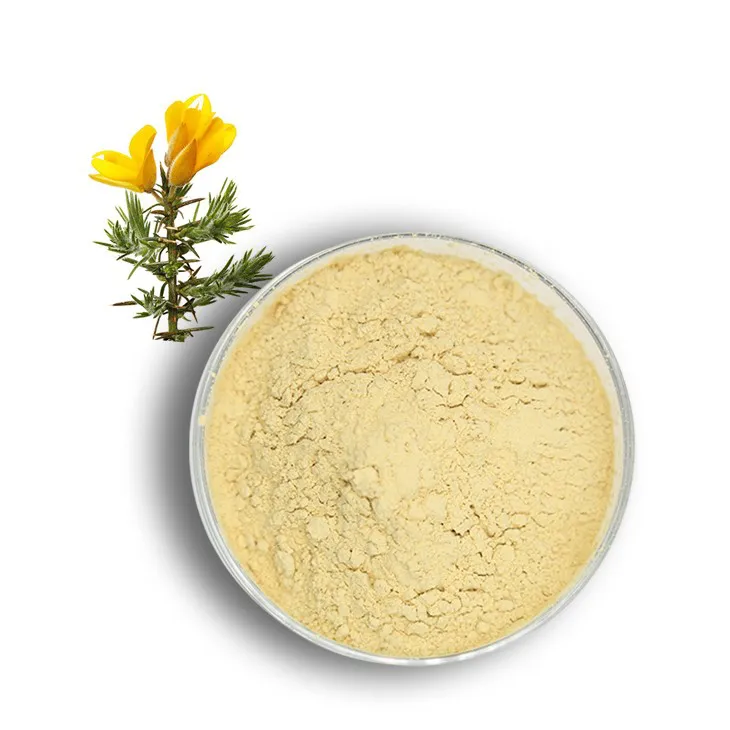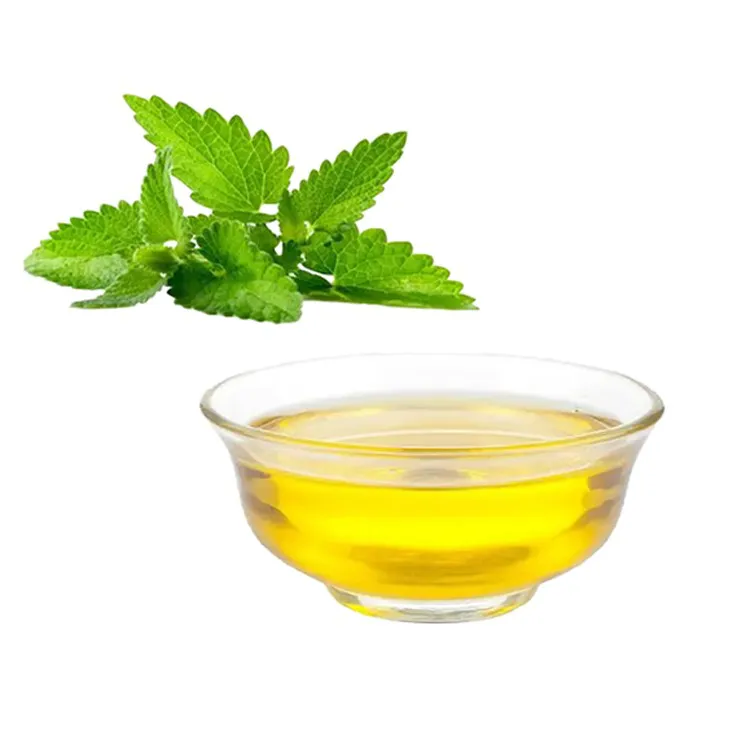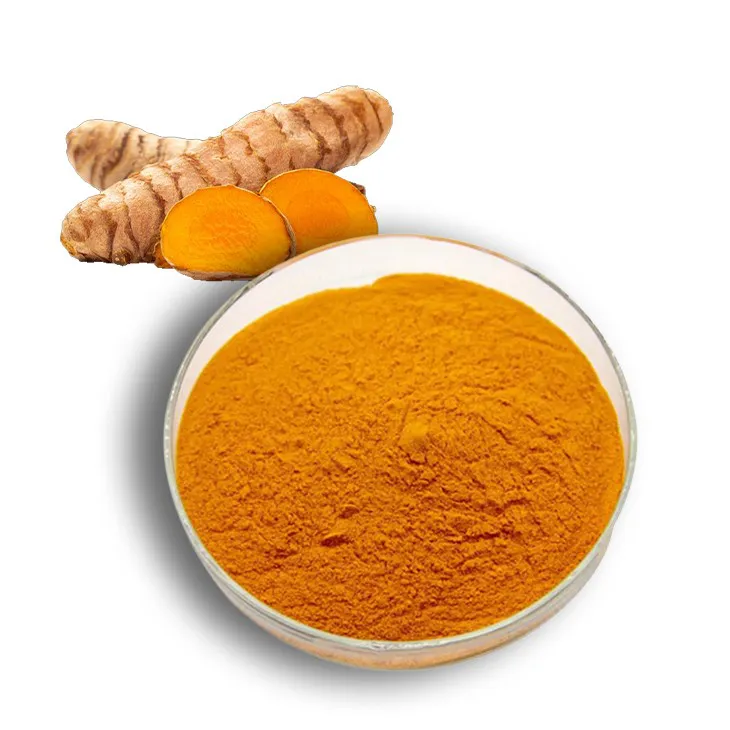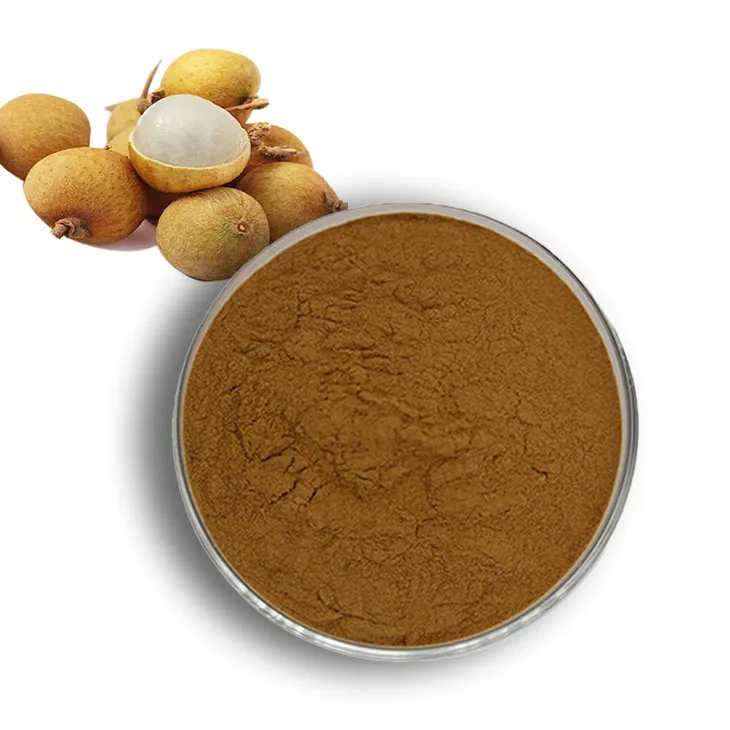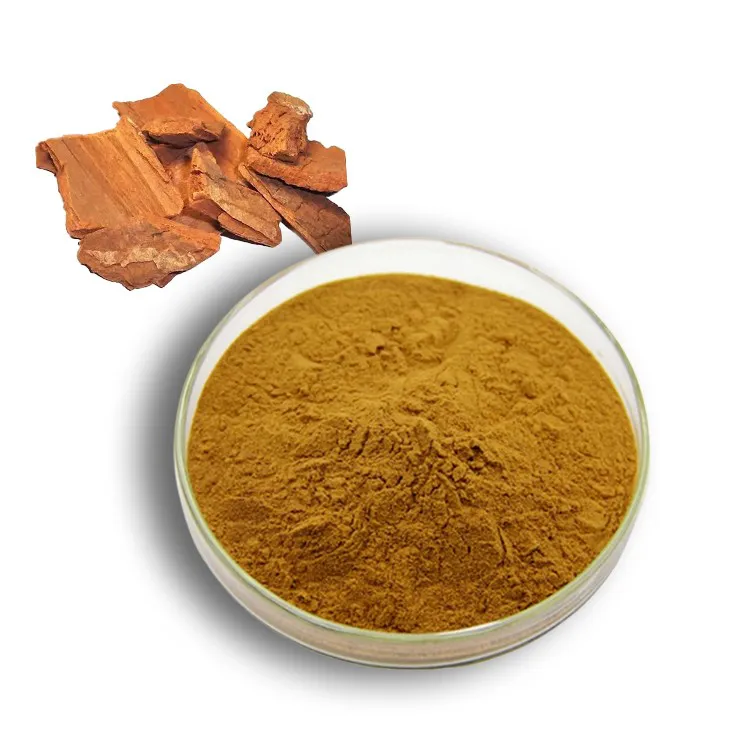- 0086-571-85302990
- sales@greenskybio.com
Commercial Advantages of Organic Tamarind Extract Powder.
2024-12-10
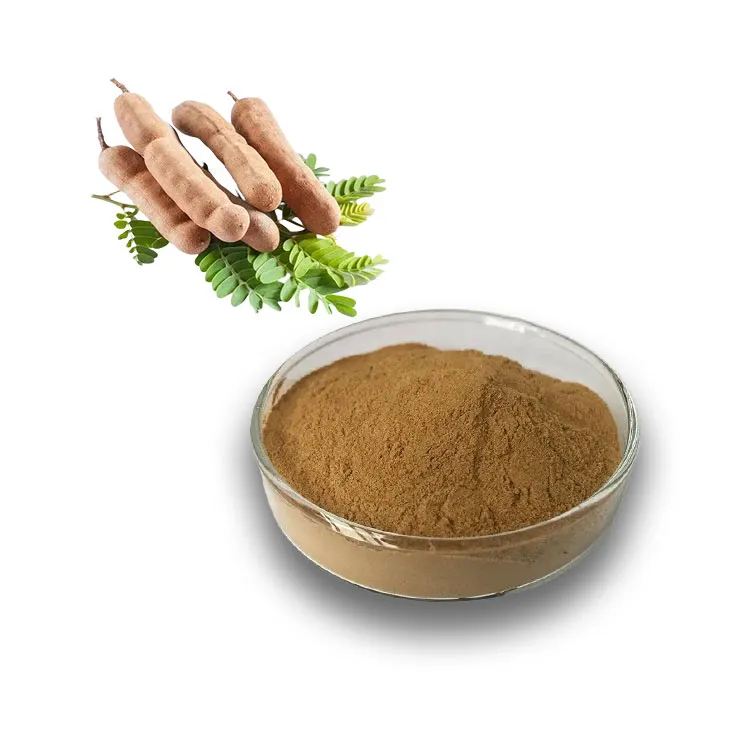
1. Cost - Effectiveness
Cost - effectiveness is one of the most prominent commercial advantages of organic Tamarind extract powder. The raw material, tamarind, is abundantly available in numerous regions across the globe. This widespread availability plays a crucial role in maintaining a relatively low production cost.
Tamarind trees are native to tropical regions in Africa, but they are also widely cultivated in Asia and parts of the Americas. The large - scale cultivation and the ease of harvesting the tamarind pods contribute to a stable supply of the raw material. Manufacturers can source tamarind in large quantities without facing significant shortages or price hikes due to scarcity.
This cost - advantage at the raw material level is then translated into the final product. Manufacturers are able to offer products that contain organic Tamarind extract powder at competitive prices in the market. For example, in the food and beverage industry, products such as tamarind - flavored snacks or drinks can be priced affordably compared to other exotic - flavored products. This affordability makes these products more accessible to a wider range of consumers, which in turn can lead to increased sales volumes.
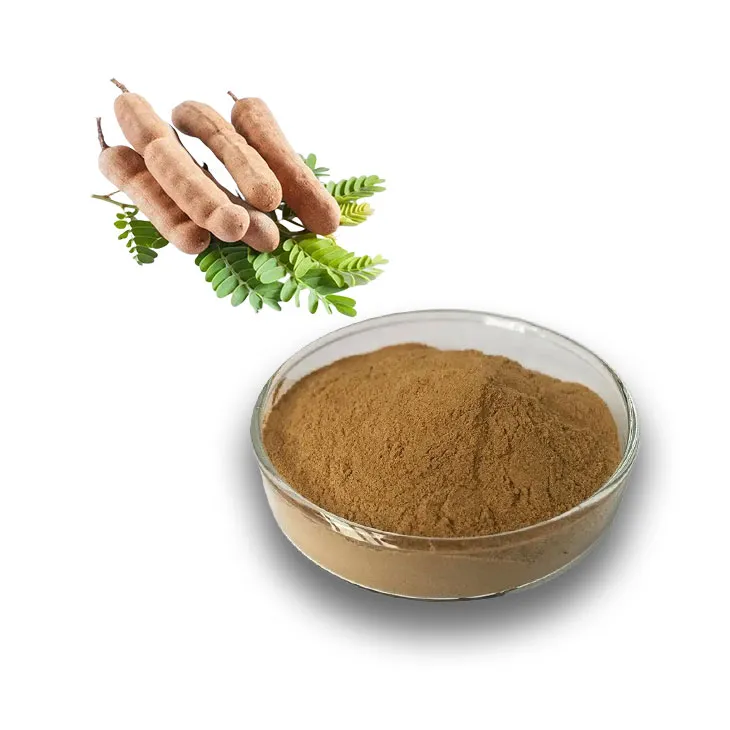
2. Growing Market Demand
2.1 Culinary Applications
The global cuisine scene has been evolving rapidly, with an increasing appetite for ethnic and exotic flavors. Organic Tamarind extract powder is well - positioned to meet this demand.
Tamarind has a unique taste profile that combines sweet, sour, and slightly tangy flavors. In Asian cuisine, it is a staple ingredient in many dishes, such as curries, chutneys, and sauces. In Latin American cuisine, it is used in some traditional recipes as well. As the popularity of these cuisines spreads globally, the demand for tamarind - based products also rises.
For example, in the United States, there has been a significant growth in the number of restaurants offering ethnic cuisines. Consumers are not only dining out but also looking to recreate these flavors at home. This has led to an increased demand for products like tamarind extract powder that can be used in home cooking. Tamarind - flavored snacks, such as chips or dried fruits, are also becoming more popular as consumers seek new and exciting taste experiences.
2.2 Medicinal Potential
In addition to its culinary appeal, organic tamarind extract powder has also been the subject of numerous studies regarding its potential health - promoting properties. One of the most notable is its anti - inflammatory effect.
Chronic inflammation is associated with a variety of health problems, including heart disease, diabetes, and certain types of cancer. Research has suggested that the compounds present in tamarind, such as polyphenols, may have anti - inflammatory properties. This has led to an increased interest in tamarind extract powder in the health and wellness market.
Dietary supplements containing tamarind extract are being developed and marketed for their potential to reduce inflammation and support overall health. The growing awareness of the importance of natural remedies and preventive healthcare has further fueled the demand for tamarind - based products in the medicinal field. This expanding range of applications, both in cuisine and medicine, is a significant driver of the market growth for organic tamarind extract powder.
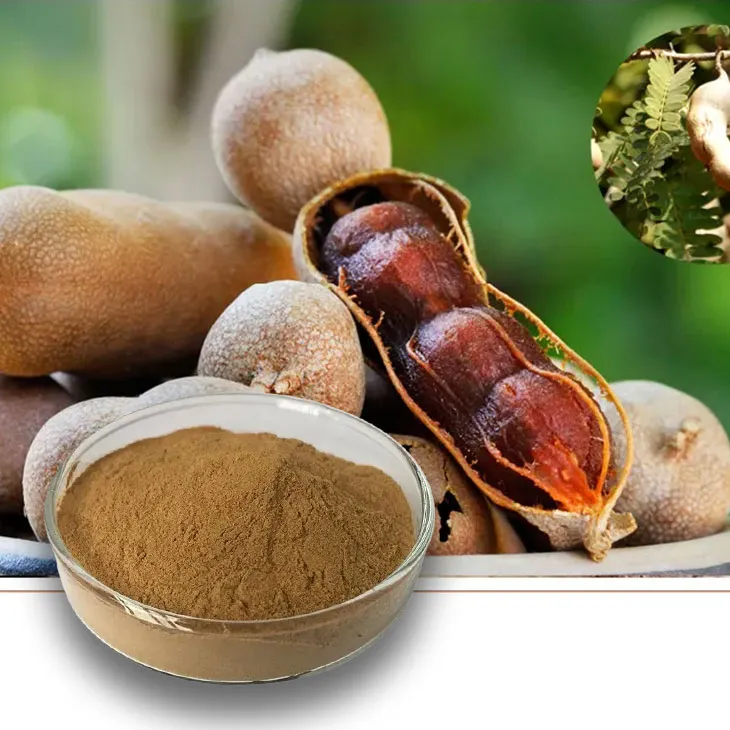
3. Ease of Processing and Incorporation
Another commercial advantage of organic tamarind extract powder is its ease of processing and incorporation into different products.
In its powder form, it is highly suitable for use in dry mixes. For example, it can be easily added to spice blends, dry soup mixes, or baking mixes. The powder form ensures uniform distribution of the tamarind flavor throughout the product, without the risk of clumping or separation.
When it comes to liquid applications, the tamarind extract can be converted into a liquid form suitable for beverages. This versatility allows manufacturers to create a wide variety of products, from tamarind - flavored juices to energy drinks. The extract can also be incorporated into other liquid - based products such as sauces, dressings, and syrups.
Moreover, the tamarind extract powder can be combined with other ingredients without significant compatibility issues. It can blend well with sweeteners, acids, and other flavorings, giving manufacturers the flexibility to create custom - tailored products to meet different consumer preferences. This ease of use makes it a very convenient choice for producers, reducing production time and costs associated with complex formulation and processing.
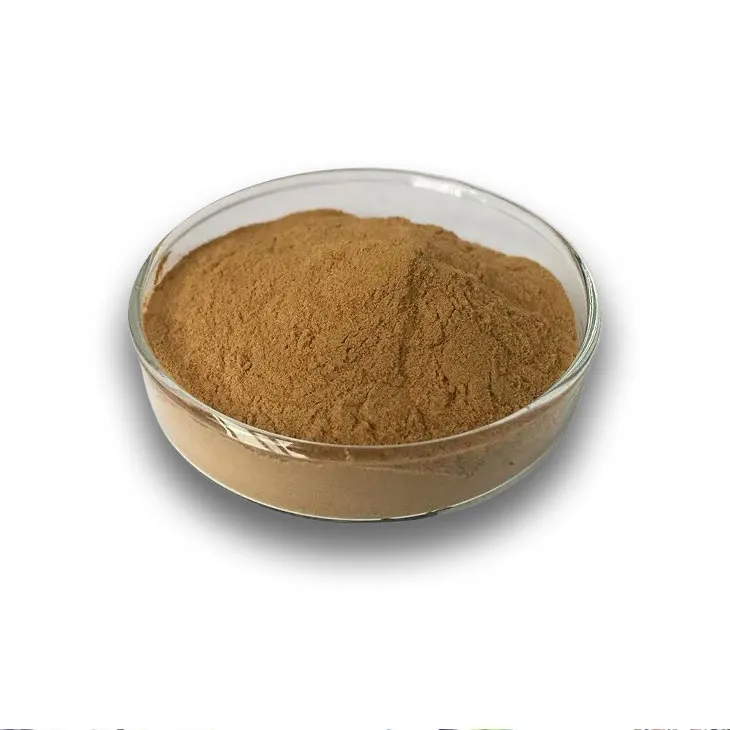
4. Long Shelf - Life
Organic tamarind extract powder has a relatively long shelf - life, which is an important commercial advantage.
When properly stored in a cool, dry place, the powder can maintain its quality for an extended period. This is due to its low moisture content and the natural preservative properties of some of the compounds present in tamarind.
For manufacturers, a long shelf - life means reduced waste and lower inventory management costs. They can produce and stock larger quantities of products containing tamarind extract powder without the fear of rapid spoilage. This also allows for more efficient distribution and marketing strategies, as products can be stored and shipped over longer distances and time periods.
In the retail sector, products with a long shelf - life are more appealing to both retailers and consumers. Retailers can keep the products on their shelves for longer without having to worry about frequent restocking, and consumers can purchase and store the products at home for future use without concerns about it going bad quickly.
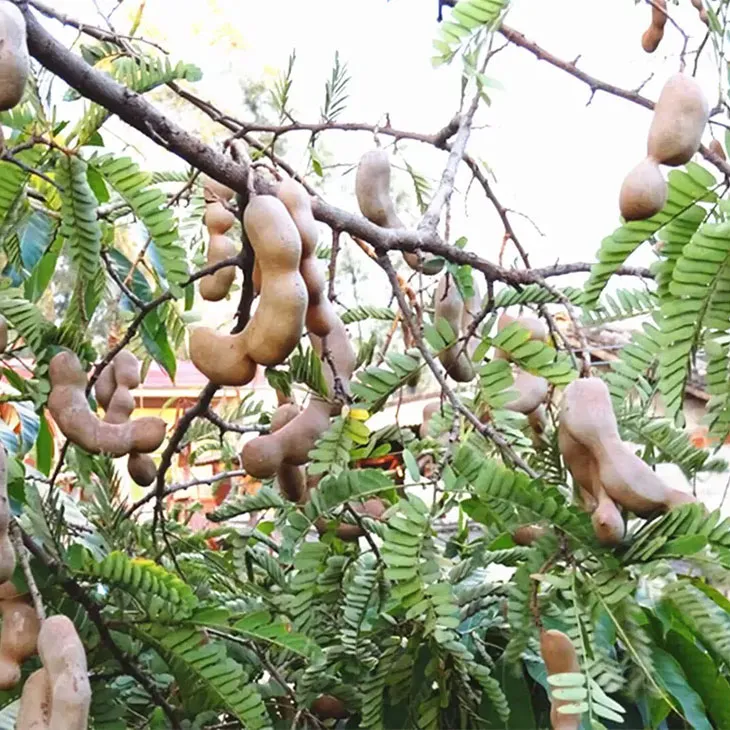
5. Natural and Organic Appeal
In today's market, there is a strong preference for natural and organic products. Organic tamarind extract powder fits well into this trend.
Tamarind is a natural fruit, and when processed into an extract powder in an organic manner, it appeals to consumers who are conscious about the ingredients in the products they consume. The "organic" label not only implies a more natural and environmentally - friendly production process but also gives the perception of a higher - quality product.
This natural and organic appeal can be a significant selling point in various markets. For example, in the health food market, consumers are more likely to choose products with natural and organic ingredients. Similarly, in the high - end food and beverage market, the use of organic tamarind extract powder can add a touch of exclusivity and quality to the product.
Brands that use organic tamarind extract powder can also leverage this natural and organic appeal in their marketing strategies. They can highlight the origin of the tamarind, the organic production process, and the associated health and environmental benefits to attract more consumers.
6. Potential for Product Differentiation
Organic tamarind extract powder offers great potential for product differentiation in a competitive market.
With the increasing homogeneity in many product categories, companies are constantly looking for ways to stand out. Incorporating tamarind extract powder into products can provide a unique selling proposition.
For example, in the beauty and personal care industry, tamarind extract has been studied for its potential benefits for skin and hair. Some companies are starting to use it in skincare products such as creams and lotions, or in haircare products like shampoos and conditioners. This use of tamarind extract powder in non - traditional product categories can help these companies differentiate their products from competitors.
In the food industry, as well, products that use tamarind extract powder can create a distinct flavor profile that sets them apart. Whether it's a new type of tamarind - flavored confectionery or a unique tamarind - based sauce for gourmet cooking, the use of tamarind extract powder can attract consumers who are looking for something different and novel.
7. Export Opportunities
The availability of organic tamarind extract powder also presents significant export opportunities.
Tamarind - growing regions can produce the extract powder in large quantities and export it to regions where tamarind is not native or not widely cultivated. For example, European countries, where the demand for ethnic and exotic flavors is high but the local production of tamarind is limited, can be a lucrative export market.
Additionally, countries with advanced food and beverage industries, such as the United States and Japan, are also potential export destinations. These countries have a large consumer base that is receptive to new and innovative products. The export of organic tamarind extract powder can contribute to the economic growth of the producing regions by generating foreign exchange earnings.
However, to take advantage of these export opportunities, producers need to ensure compliance with international quality standards and regulations. This includes proper packaging, labeling, and meeting the import requirements of different countries.
FAQ:
What makes organic tamarind extract powder cost - effective?
The raw material, tamarind, is widely available in many regions. This widespread availability helps to keep the production cost relatively low, thus making the organic tamarind extract powder cost - effective.
Why is there a growing market demand for organic tamarind extract powder?
There are two main reasons for the growing market demand. First, with the increasing popularity of ethnic and exotic flavors in global cuisine, the tamarind extract powder can provide that unique taste. Second, in the field of medicine, it has been studied for its potential health - promoting properties like anti - inflammatory effects. These factors contribute to the expanding market.
What are the applications of organic tamarind extract powder in the food industry?
It is easy to process and incorporate into different food products. It can be used in a powder form for dry mixes or a liquid form for beverages, providing flexibility for producers in the food industry.
How does organic tamarind extract powder contribute to product competitiveness?
Since the production cost of organic tamarind extract powder is relatively low due to the wide availability of tamarind, manufacturers can offer products containing this extract at competitive prices. This helps to enhance the competitiveness of the products.
Can organic tamarind extract powder be used in non - food products?
While it is mainly known for its applications in food and medicine, currently there is no widespread evidence of its use in non - food products. However, with further research, there may be potential for other applications in the future.
Related literature
- The Potential of Organic Tamarind Extract in the Food Industry"
- "Organic Tamarind Extract: Health Benefits and Market Trends"
- "Processing and Applications of Organic Tamarind Extract Powder"
- ▶ Hesperidin
- ▶ Citrus Bioflavonoids
- ▶ Plant Extract
- ▶ lycopene
- ▶ Diosmin
- ▶ Grape seed extract
- ▶ Sea buckthorn Juice Powder
- ▶ Fruit Juice Powder
- ▶ Hops Extract
- ▶ Artichoke Extract
- ▶ Mushroom extract
- ▶ Astaxanthin
- ▶ Green Tea Extract
- ▶ Curcumin
- ▶ Horse Chestnut Extract
- ▶ Other Product
- ▶ Boswellia Serrata Extract
- ▶ Resveratrol
- ▶ Marigold Extract
- ▶ Grape Leaf Extract
- ▶ New Product
- ▶ Aminolevulinic acid
- ▶ Cranberry Extract
- ▶ Red Yeast Rice
- ▶ Red Wine Extract
-
Thunder God Vine Extract
2024-12-10
-
Ginger Extract
2024-12-10
-
Curcuma Longa Extract/Turmeric extract
2024-12-10
-
Lavender Extract
2024-12-10
-
Ivy Extract
2024-12-10
-
Genistein
2024-12-10
-
Peppermint Oil
2024-12-10
-
Curcumin
2024-12-10
-
Longan Extract
2024-12-10
-
Yohimbine Bark Extract
2024-12-10











